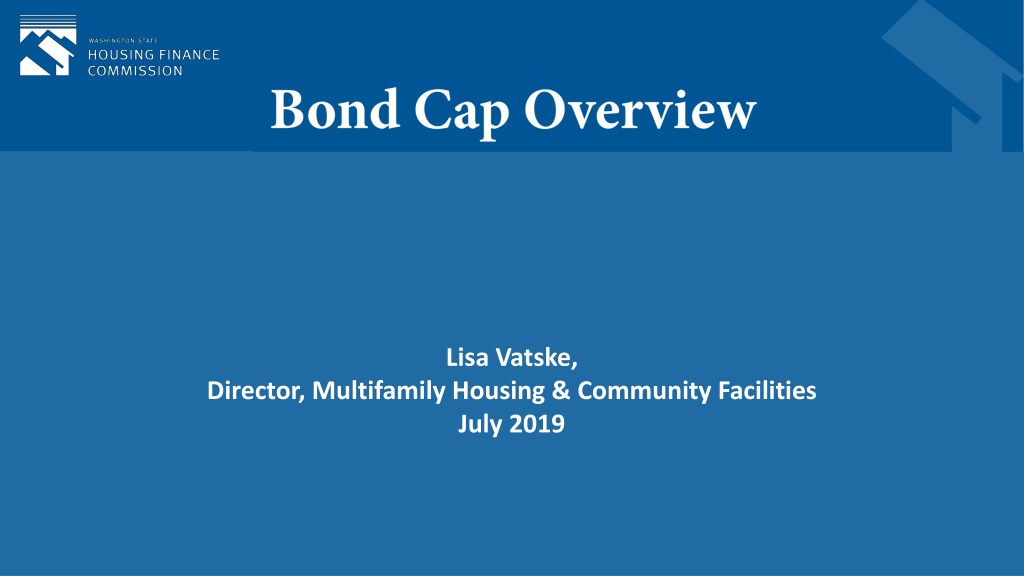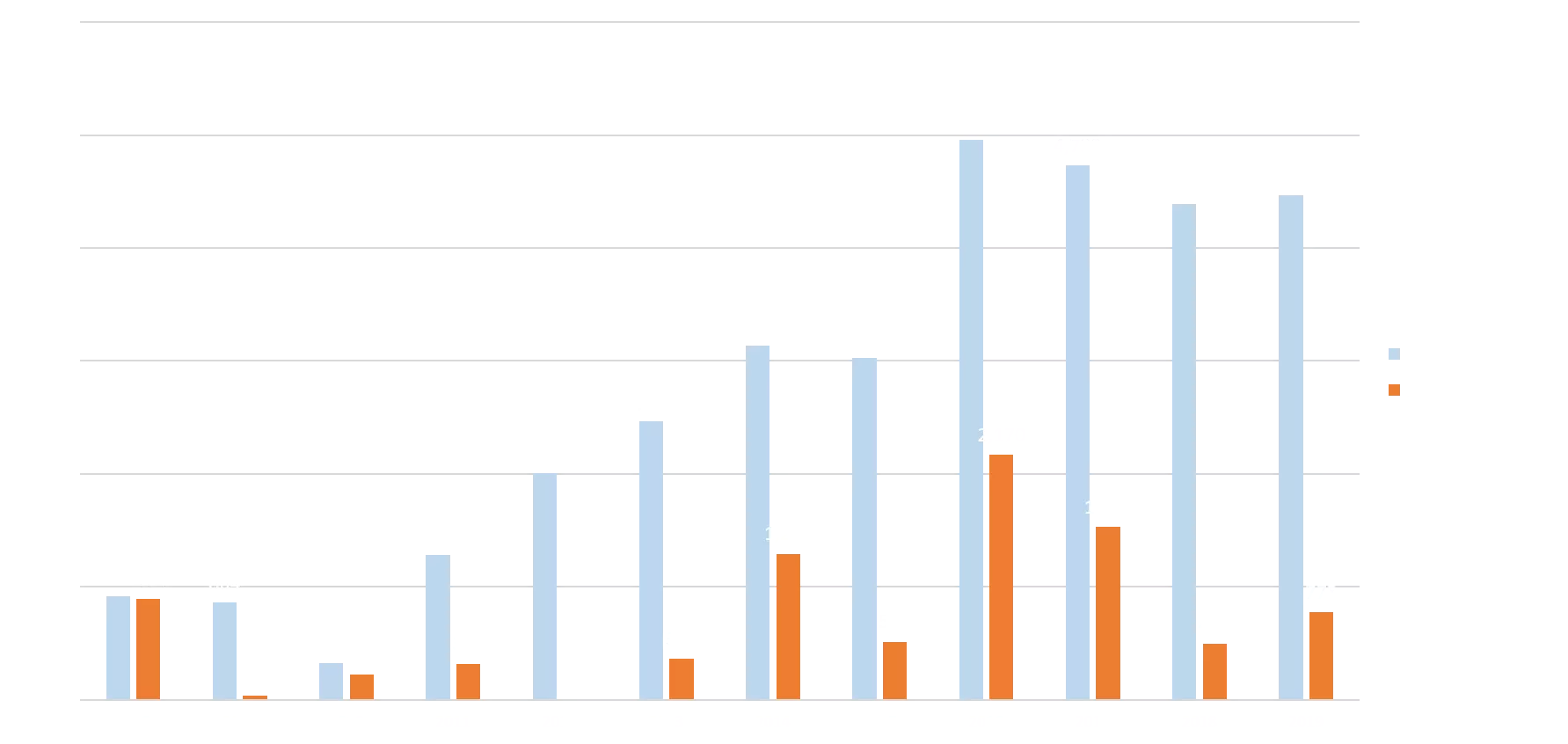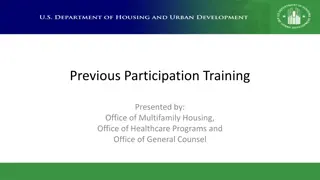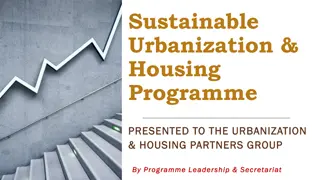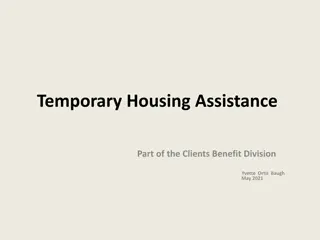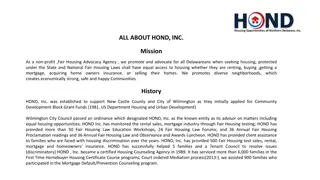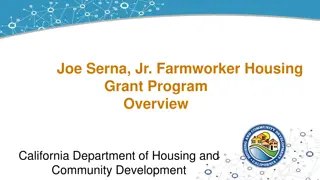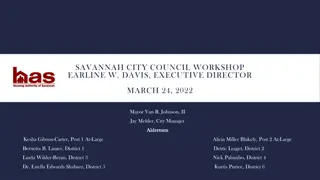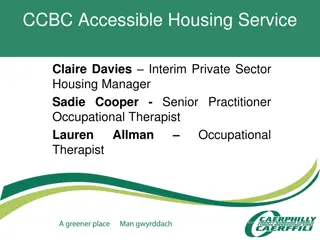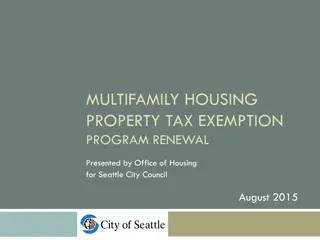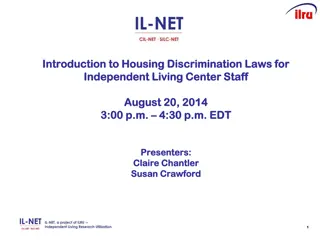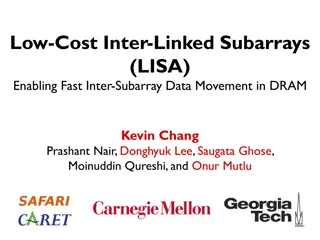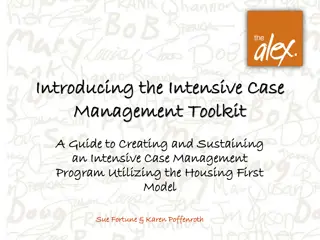Lisa Vatske - Director of Multifamily Housing & Community Facilities
Lisa Vatske is the Director of Multifamily Housing & Community Facilities, showcasing impressive statistics on units financed with bond cap, Washington State's bond cap allocation per unit over the last 10 years, 4% point categories by project scores, low-income housing income targets in 2016, and proposed changes to increase cost containment points.
Download Presentation

Please find below an Image/Link to download the presentation.
The content on the website is provided AS IS for your information and personal use only. It may not be sold, licensed, or shared on other websites without obtaining consent from the author. Download presentation by click this link. If you encounter any issues during the download, it is possible that the publisher has removed the file from their server.
E N D
Presentation Transcript
Lisa Vatske, Director, Multifamily Housing & Community Facilities July 2019
Units Financed with Bond Cap Units Financed with Bond Cap Last 10 Years Last 10 Years 6,000 4,959 5,000 4,732 4,463 4,386 4,000 3,137 3,026 Commission 3,000 Non Commission 2,464 2,170 2,003 2,000 1,531 1,293 1,283 920 893 864 1,000 775 514 496 362 325 320 226 34 0 2008 2009 2010 2011 2012 2013 2014 2015 2016 2017 2018 2019 *2019 numbers are anticipated totals
Washington States Bond Cap Allocation Per Unit Washington State s Bond Cap Allocation Per Unit - - Last 10 Years Last 10 Years $200,000 $172,476 $180,000 $157,130 $154,476 $160,000 $133,202 $140,000 $128,585$127,559 $128,196 $112,578 $120,000 $104,181 $102,864 $100,000 $88,207 $84,132 $80,000 $60,000 $40,000 $20,000 $0 2008 2009 2010 2011 2012 2013 2014 2015 2016 2017 2018 2019
4% Point Categories by Project Scores
Side by side comparison of points taken and available Side by side comparison of points taken and available 3 Nonprofit Sponsor 2 20 Housing Commitments For Priority Pop 14 5 Cost Efficient Development 3 11 Additional Lih Use Period 11 10 Additional Lih Set Asides 4 0 5 10 15 20 25 Max points available Average points taken in 70+ range
Low Income Housing Income Targets 2016 Low Income Housing Income Targets 2016- -18 18 100% LIH @ 50% AMI - 10 points 8 30% LIH @ 60% AMI, 70% @ 50% AMI - 8 points 6 50% LIH @ 60% AMI, 50% @ 50% AMI - 6 points 6 70% LIH @ 60% AMI, 30% @ 50% AMI - 4 points 13 90% LIH @ 60% AMI, 10% @ 40% AMI - 2 points 1 100% LIH @ 60% AMI - 0 points 85 0 10 20 30 40 50 60 70 80 90
Increase Cost Containment Points from 5 to 10 1 point per 2.5% under TDC Limits, up to 25% below the limits Remove the following: Points for Limiting Developer Fee, allow the economics of the deal to drive the budget and the developer fee. Eliminate point-chasing. Project Innovation category 40% AMI option from Additional Low-Income Set-Asides Add Opportunity Zone Investment (1 point) NCSHA s OZ Fund Directory has funds with approximately $28B of investment
Update TDC Limits to mirror increases made in the 9% Program Increase points for Extended Use Agreement to max of 15 points for 25 additional years (3 points per 5 years) New Amenities Options: Onsite Daycare Program Lunch Program Coordination with Local School District Electric Car Charger Installation Supportive Services/Community Space with Service Coordinator Clarify and Update requirements for: Bike Storage, Media Room, Business/Learning Center
Energy Points Update Solar Options and remove Solar Thermal, move to kilowatt hours produced/square feet/year. Metric slightly higher than the option currently available for points in ESDS. Changing Energy Efficient Building category options to match ESDS 5.2: Additional Reduction In Energy Use (max 5 points) Transit-Oriented Development updates Urban: 0.5 mile walking distance of transit service (1 point) Rural: 0.5 mile walking distance of bus stop or 5-mile distance of transit options (2 points) Light Rail Station or Park & Ride: 0.5 mile walking distance (3 points) Defining criteria and assessing the deduction of the seller note from the TDC amount on acq/rehab projects. Review requirements related to non-profit definition and points, including option to purchase language and other considerations on re-syndicates requesting regulatory changes.
